'We need to be constantly reminded of our similarities' – Jonathan Baldock challenges the patriarchal roots of a former Roman temple in London
Through use of ceramics and textiles, British artist Jonathan Baldock creates a magical and immersive exhibition at ‘0.1%’ at London's Mithraum Bloomberg Space
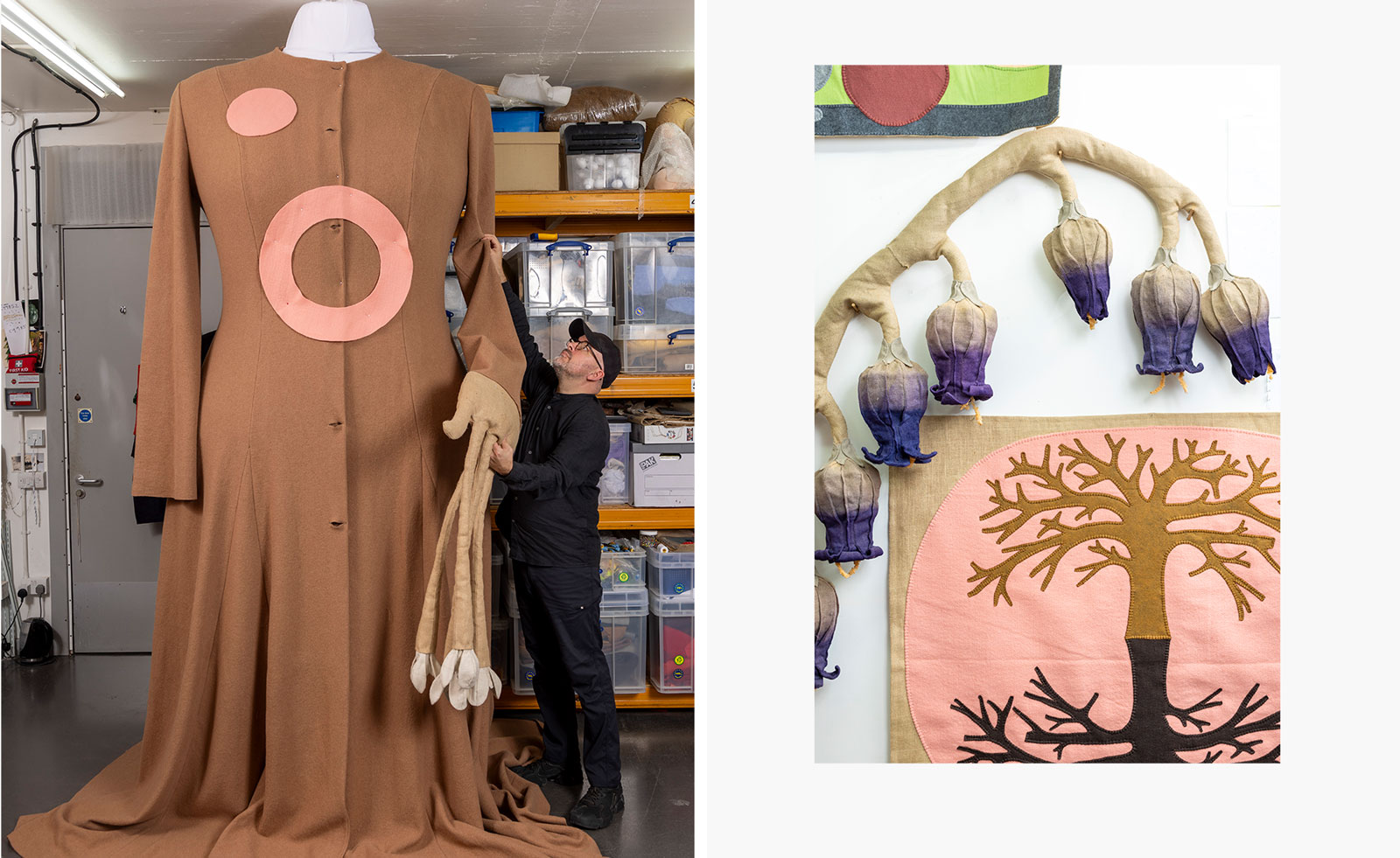
Jonathan Baldock crafts wild magic in his immersive exhibitions. Working primarily with clay and natural textiles, the British artist weaves together pagan traditions, expressive natural forms, and the deep connection he shares with the women in his family. For ‘0.1%’ at London Mithraum Bloomberg Space, he challenges the patriarchal roots of this former Roman Temple, which was built to worship the macho god of justice and war. A four-metre-tall mother-goddess figure towers over the exhibition.
'The divine feminine predates the temple of Mythras,' Baldock tells me, when we meet in his east London studio ahead of the opening. 'But the older, divine feminine goddess figures were knocked to the side by warrior societies.' His idol is powerfully built, cloaked in a long coat covered in swirling vines and flowers. Her outfit is made from heavy hessian, like the fabric bags used for hop picking, a long tradition within his family. Its thick, loose weave fits her looming proportions. 'It looks like a giant could have made it,' he considers. 'It has an otherworldliness.'
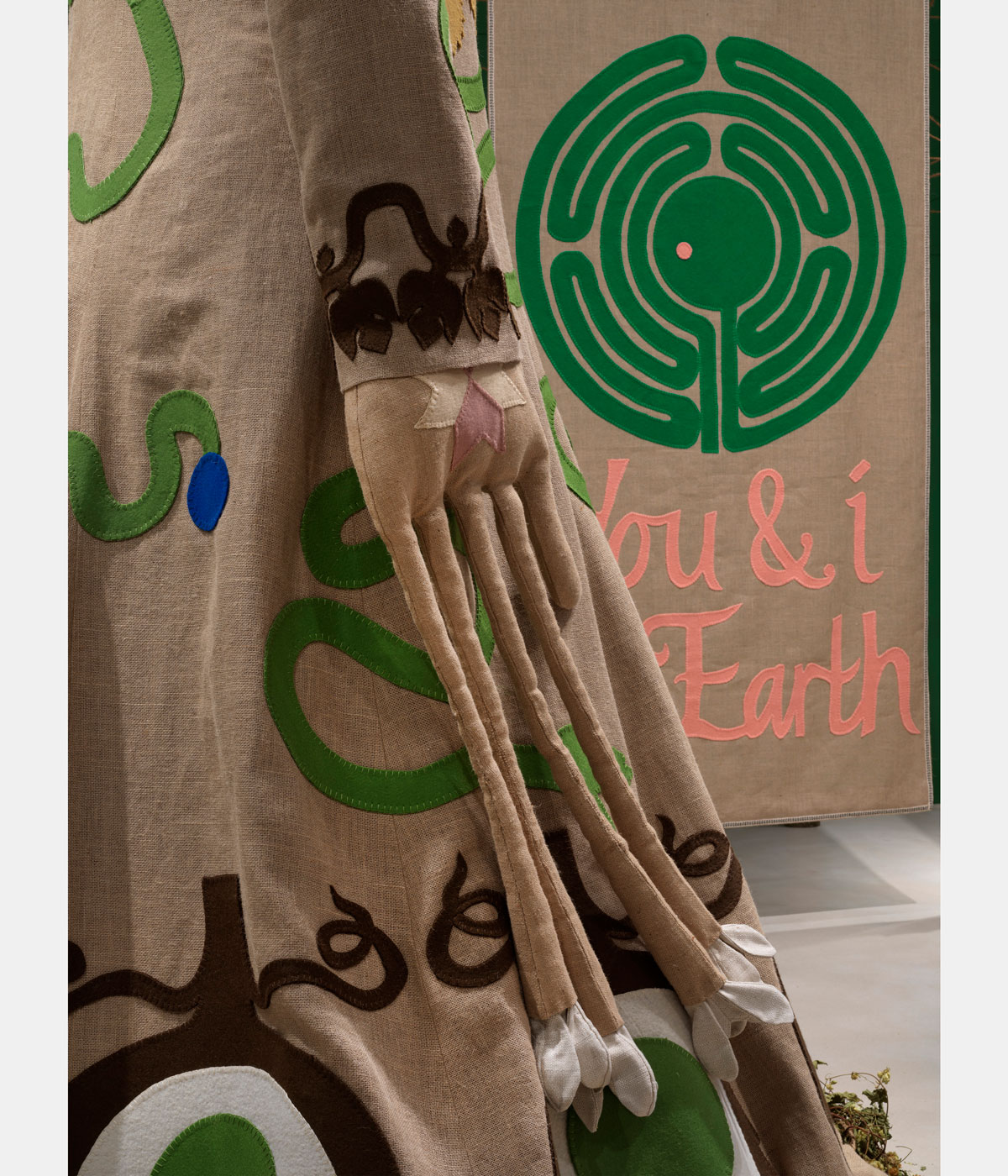
The head is based on a sculpture the artist made of his mother when he was a child; he has scaled it up in bronze, with lapis lazuli embellishments. 'I remember making this figure from earth dug out of the back garden. Kent soil is claylike; it’s raw and sticky. Like a lot of parents, she told me it was incredible! I remember feeling very proud.' The new head is both endearing and intimidating; Baldock was keen to embrace this duality, presenting a potent, complex maternal figure. 'I was a queer kid in a single parent family until she married my stepfather, and she took on multiple roles. It would be very easy to make it all cheesy and cosy, but I wanted to show the hard-working person who held down multiple jobs and could be terrifying as well.'
The mother-goddess sits at the centre of a grid of poles which create a maze-like viewing experience and capture Baldock’s childhood memories of hop gardens. 'There’s a feeling you get in these spaces which is a bit like a forest. I like the idea that it’s not an easy path through.' The use of coppice, which involves cutting lengths of wood but never killing the plant, reflects the artist’s interest in traditional farming techniques which have a symbiotic relationship with nature.
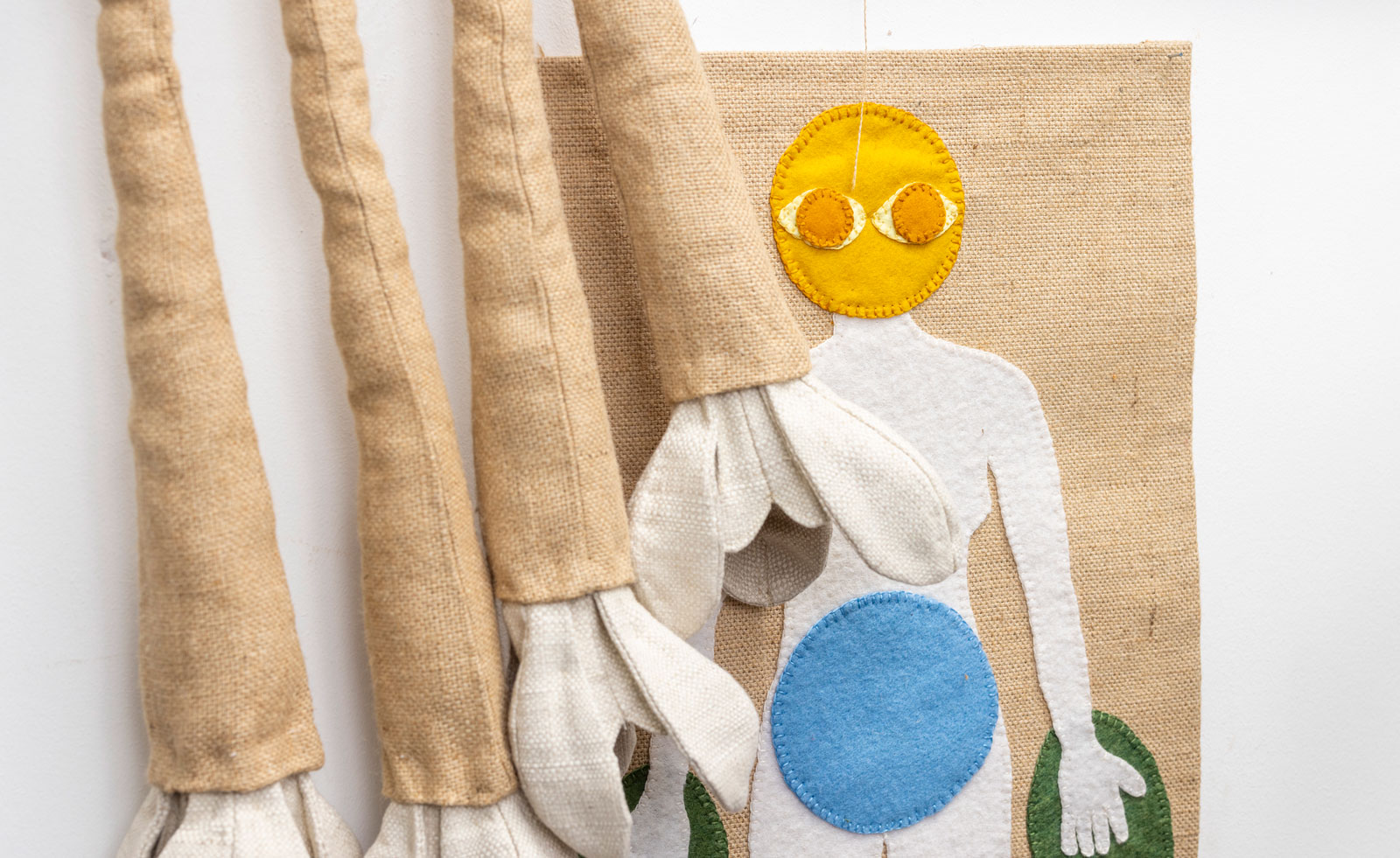
Amongst the poles is a selection of ceramics and textiles covered in luscious images of bees, foliage, and sacred geometry, as well as his mother’s favourite flowers: bluebells and snowdrops. Teeth, umbilical cords, and hair are also pictured, mirroring parental keepsakes and DNA which runs through generations. Baldock’s mother created a heart sculpture and rendering of the artist’s head from Kent soil, which sit out of sight within the goddess. There is also an ambient soundscape created with Baldock’s frequent collaborator Luke Barton, which includes whispers, bird song, and the sound of hop pickers.
The title comes from the minute genetic difference that exists amongst all humans: 0.1%. 'At the centre of the work is my belief that most humans are good,' he tells me. 'When societies were smaller, often working with the land, everyone knew each other. They knew their place in the community. Now, we’re so overwhelmed. We need to be constantly reminded of our similarities. We are all brothers and sisters, the amount of DNA we share is so huge in comparison to what separates us.'
We need to be constantly reminded of our similarities. We are all brothers and sisters, the amount of DNA we share is so huge in comparison to what separates us.
Jonathan Baldock
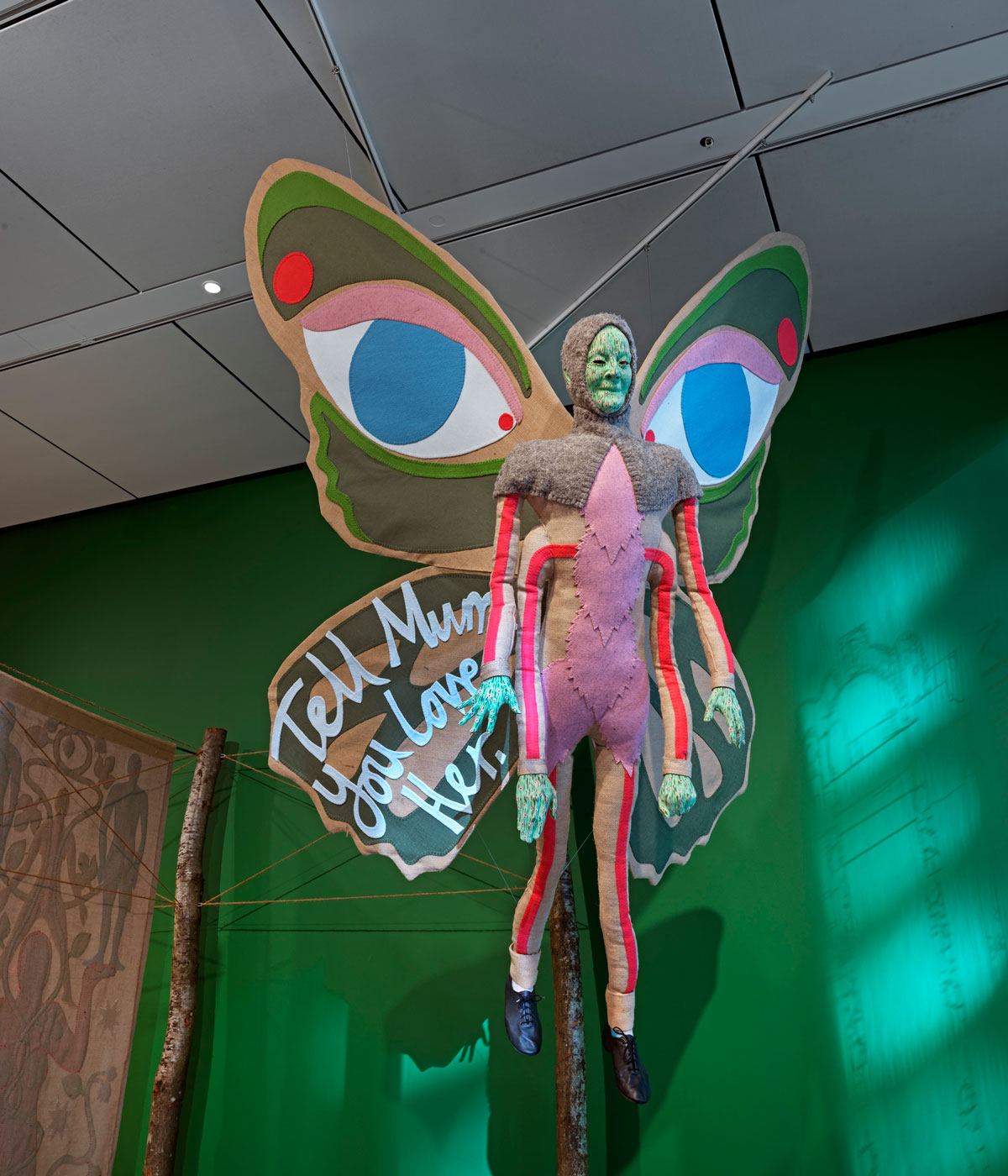
These ideas feed into Baldock’s upcoming solo exhibition at Edinburgh’s Jupiter Artland. For ‘Wyrd’ (opening 10 May), Baldock is creating textile and ceramic animal sculptures inspired by vintage soft toy manuals and based on creatures that have been observed to have same-sex relationships. Animals such as penguins will be shown in hybrid with mythological creatures, inspired by Sacha Coward’s ‘Queer as Folklore’, which positions the old Norse word ‘wyrd’ as a special otherness that is connected with ancient goddesses. “Certainty when I was growing up, ideas around what was ‘normal’ were impressed through the natural world,” says Baldock. “This recent scientific focus on same sex relationships between animals hit a chord. It’s a middle finger up to the idea of not being ‘as you’re supposed to be’. I hope it will be very inclusive, disarmingly funny, and beautiful.”
Wallpaper* Newsletter
Receive our daily digest of inspiration, escapism and design stories from around the world direct to your inbox.
Jonathan Baldock's ‘0.1%’ at London Mithraum Bloomberg Space runs until 5 July 2025
Emily Steer is a London-based culture journalist and former editor of Elephant. She has written for titles including AnOther, BBC Culture, the Financial Times, and Frieze.
-
 Put these emerging artists on your radar
Put these emerging artists on your radarThis crop of six new talents is poised to shake up the art world. Get to know them now
By Tianna Williams
-
 Dining at Pyrá feels like a Mediterranean kiss on both cheeks
Dining at Pyrá feels like a Mediterranean kiss on both cheeksDesigned by House of Dré, this Lonsdale Road addition dishes up an enticing fusion of Greek and Spanish cooking
By Sofia de la Cruz
-
 Creased, crumpled: S/S 2025 menswear is about clothes that have ‘lived a life’
Creased, crumpled: S/S 2025 menswear is about clothes that have ‘lived a life’The S/S 2025 menswear collections see designers embrace the creased and the crumpled, conjuring a mood of laidback languor that ran through the season – captured here by photographer Steve Harnacke and stylist Nicola Neri for Wallpaper*
By Jack Moss
-
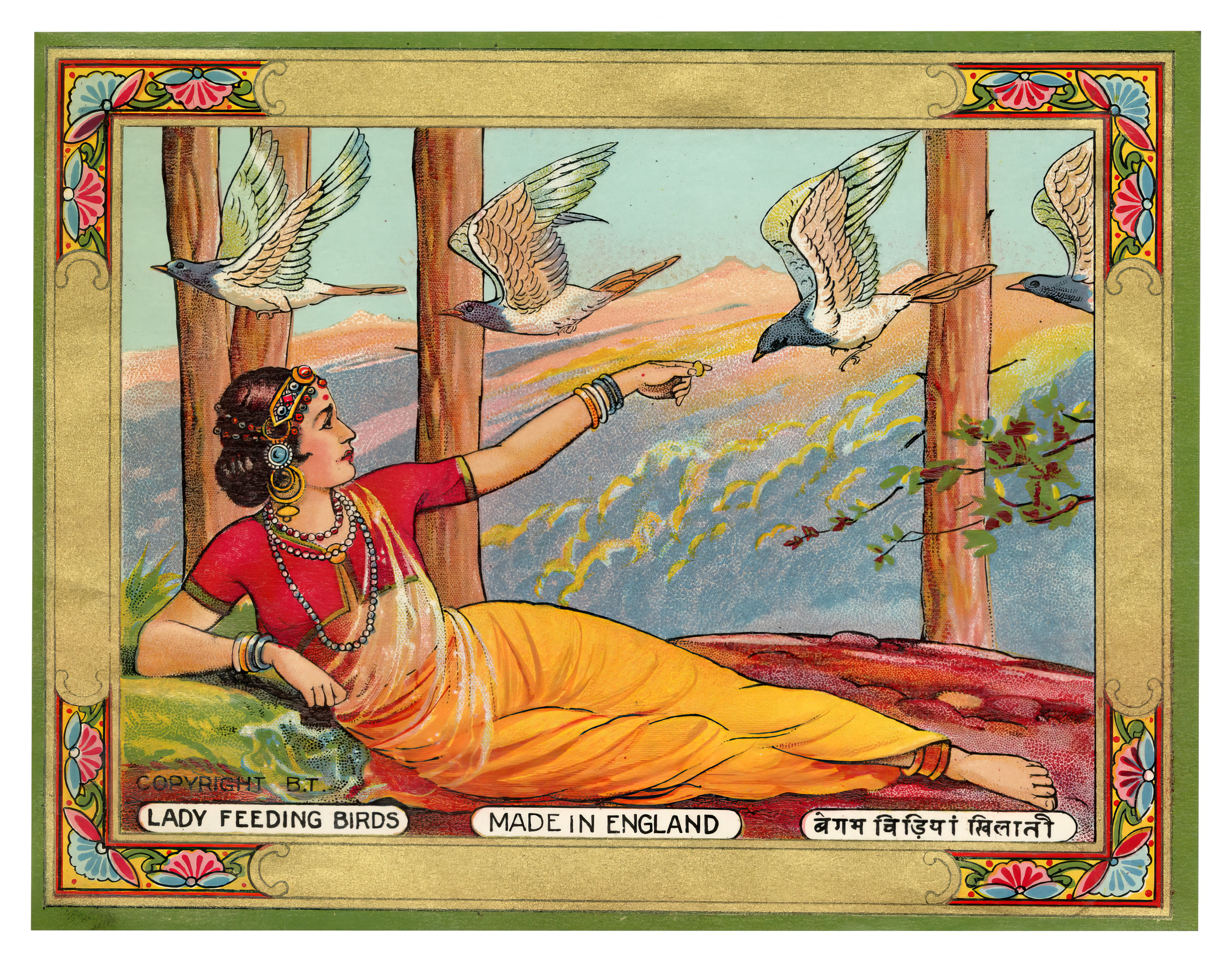 The art of the textile label: how British mill-made cloth sold itself to Indian buyers
The art of the textile label: how British mill-made cloth sold itself to Indian buyersAn exhibition of Indo-British textile labels at the Museum of Art & Photography (MAP) in Bengaluru is a journey through colonial desire and the design of mass persuasion
By Aastha D
-
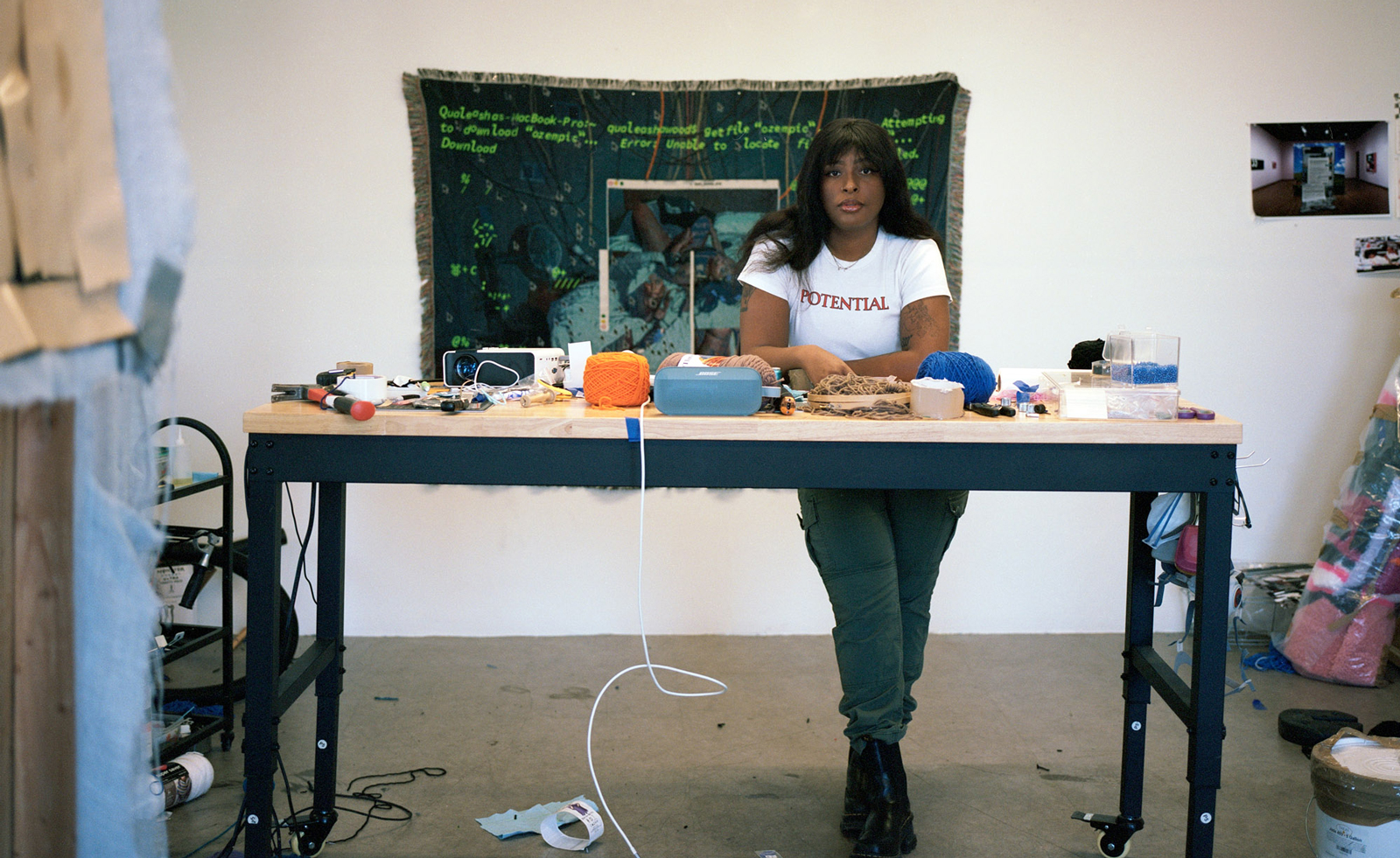 Artist Qualeasha Wood explores the digital glitch to weave stories of the Black female experience
Artist Qualeasha Wood explores the digital glitch to weave stories of the Black female experienceIn ‘Malware’, her new London exhibition at Pippy Houldsworth Gallery, the American artist’s tapestries, tuftings and videos delve into the world of internet malfunction
By Hannah Silver
-
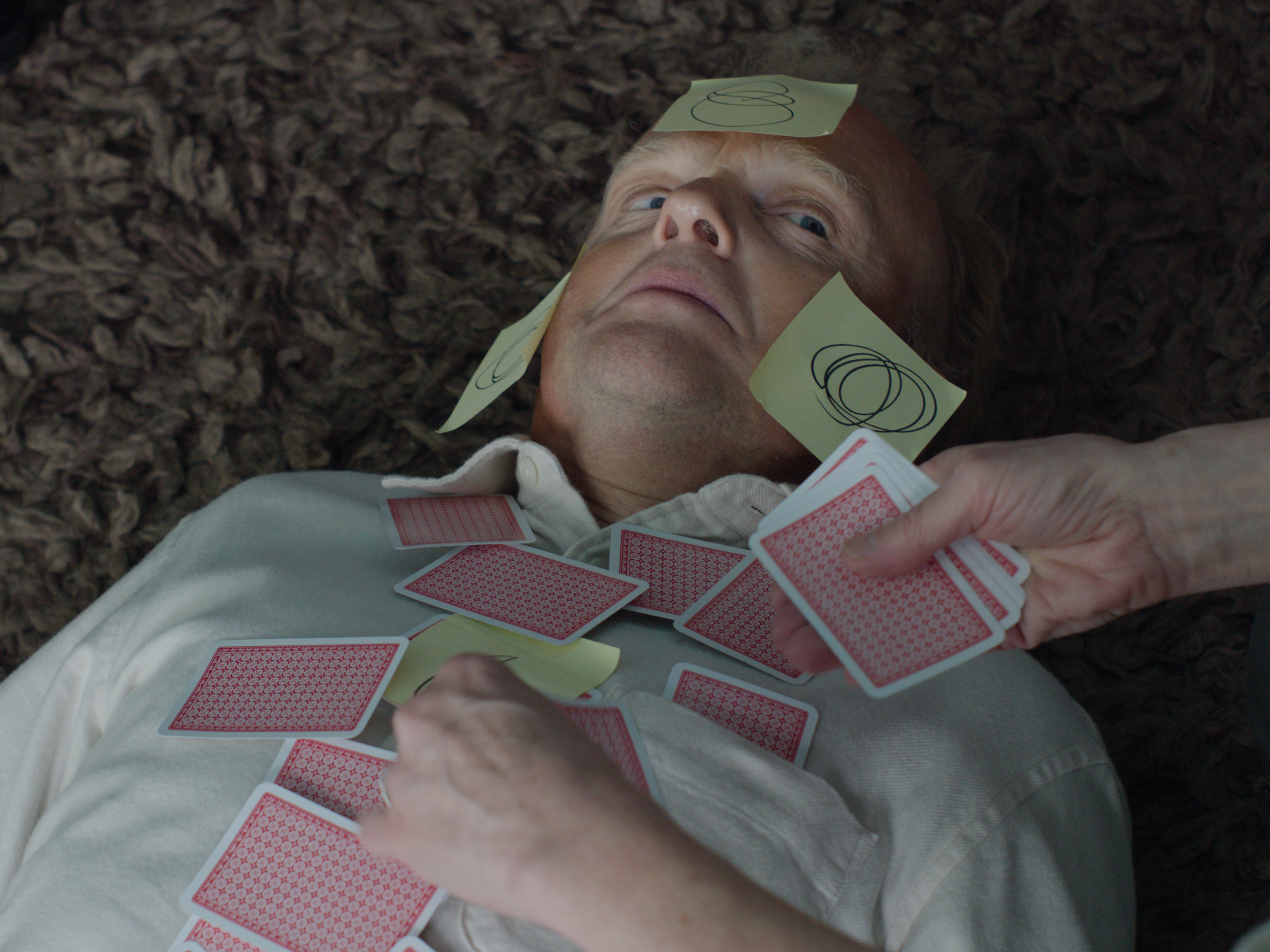 Ed Atkins confronts death at Tate Britain
Ed Atkins confronts death at Tate BritainIn his new London exhibition, the artist prods at the limits of existence through digital and physical works, including a film starring Toby Jones
By Emily Steer
-
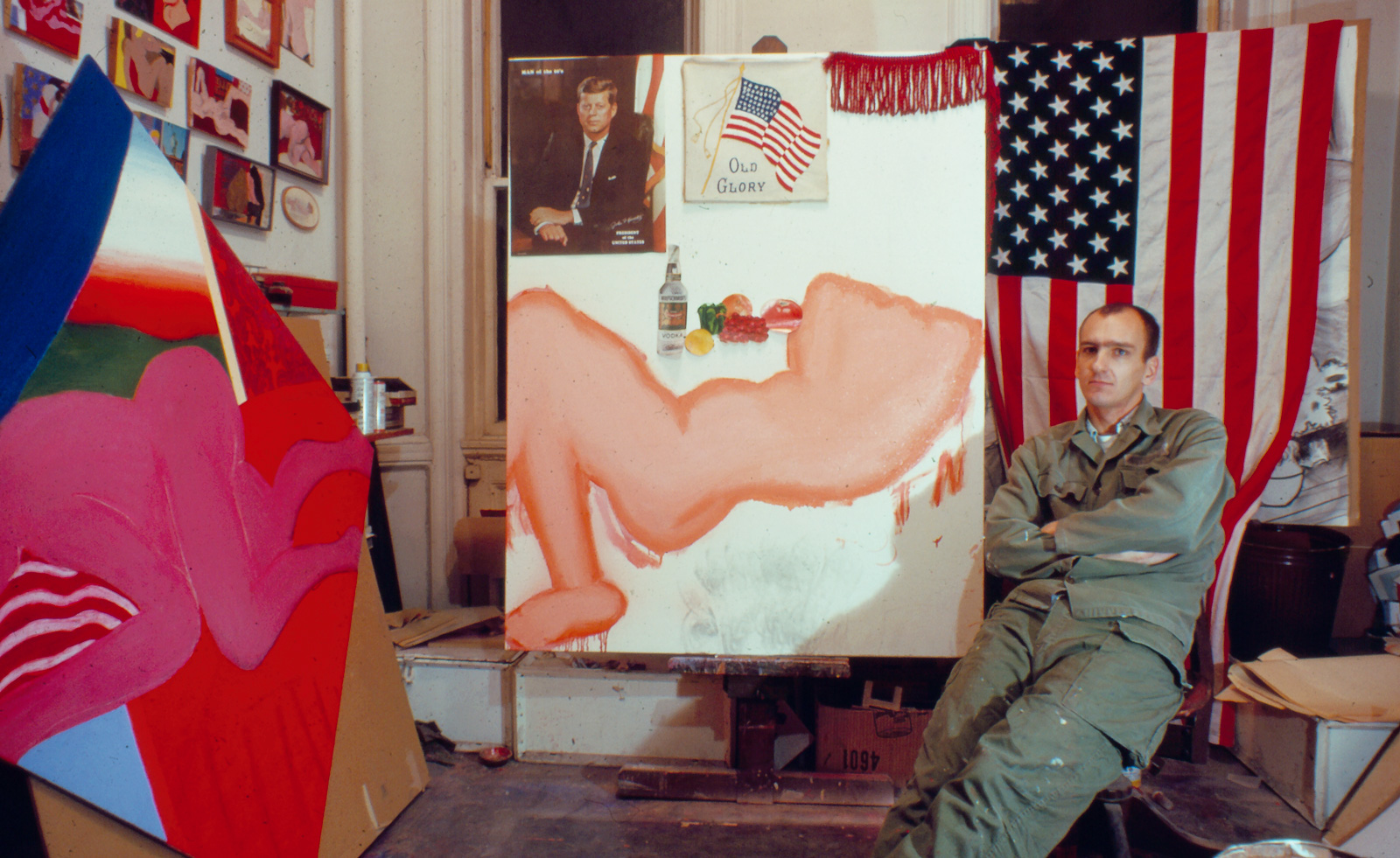 Tom Wesselmann’s 'Up Close' and the anatomy of desire
Tom Wesselmann’s 'Up Close' and the anatomy of desireIn a new exhibition currently on show at Almine Rech in London, Tom Wesselmann challenges the limits of figurative painting
By Sam Moore
-
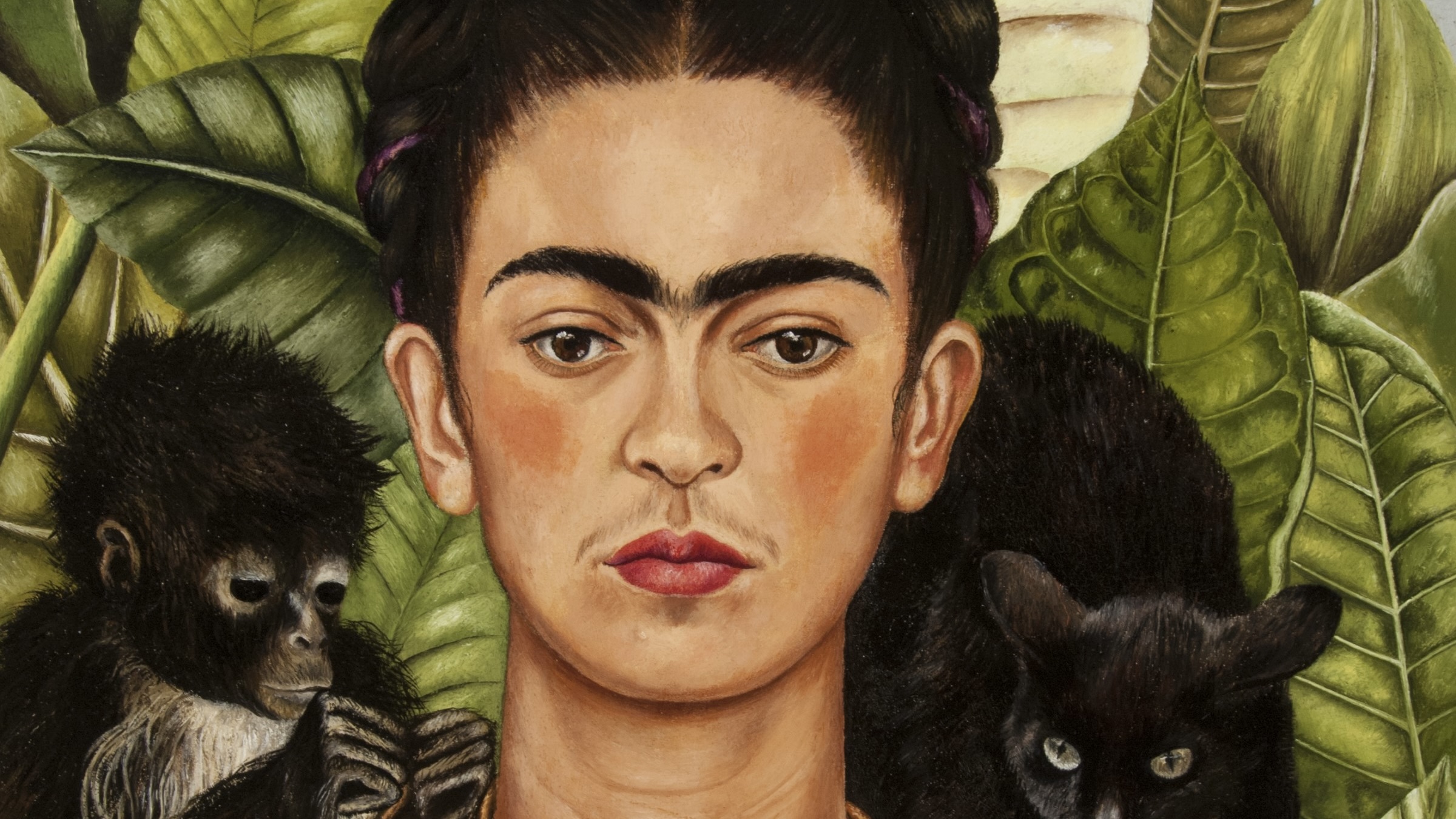 A major Frida Kahlo exhibition is coming to the Tate Modern next year
A major Frida Kahlo exhibition is coming to the Tate Modern next yearTate’s 2026 programme includes 'Frida: The Making of an Icon', which will trace the professional and personal life of countercultural figurehead Frida Kahlo
By Anna Solomon
-
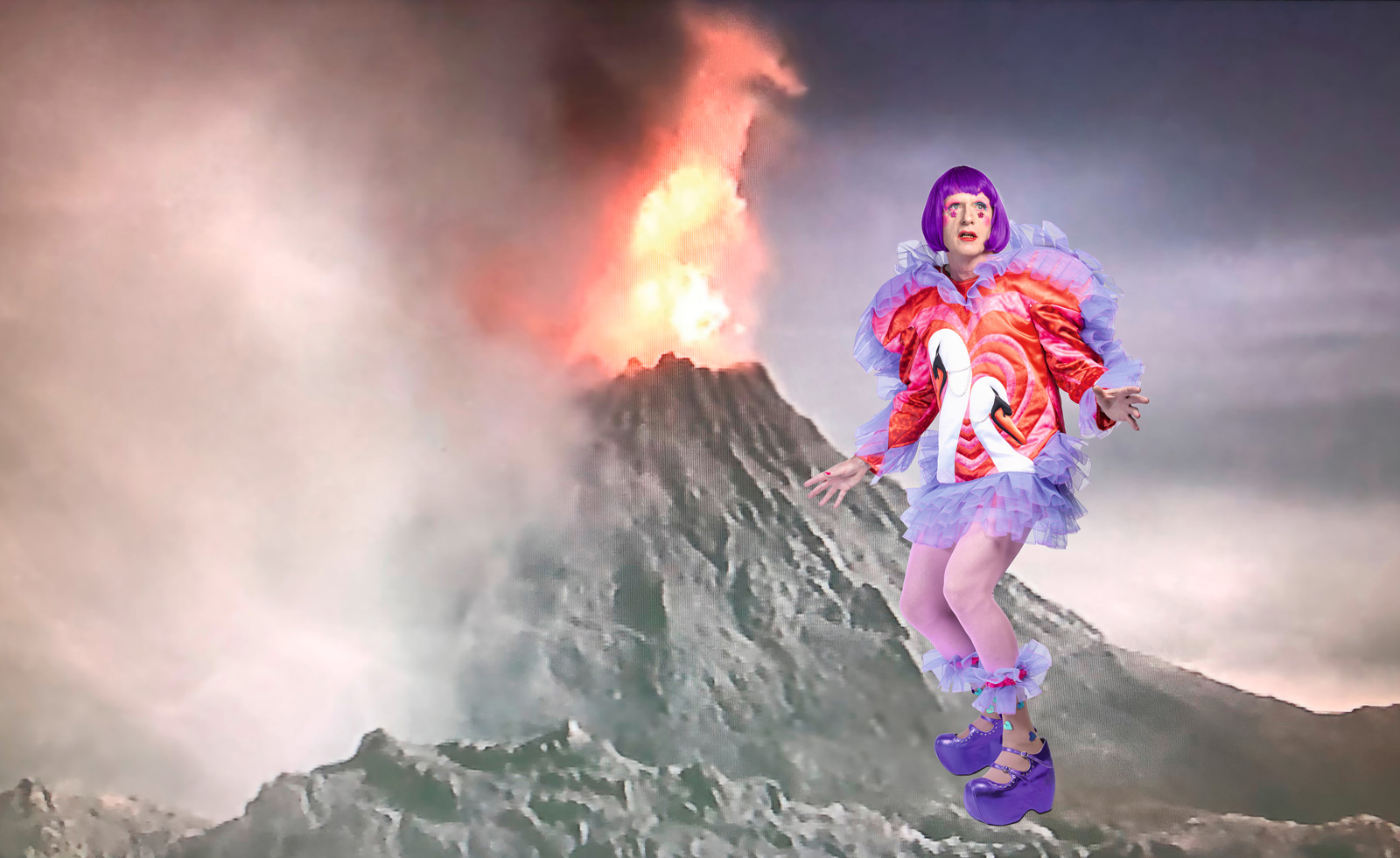 A portrait of the artist: Sotheby’s puts Grayson Perry in the spotlight
A portrait of the artist: Sotheby’s puts Grayson Perry in the spotlightFor more than a decade, photographer Richard Ansett has made Grayson Perry his muse. Now Sotheby’s is staging a selling exhibition of their work
By Hannah Silver
-
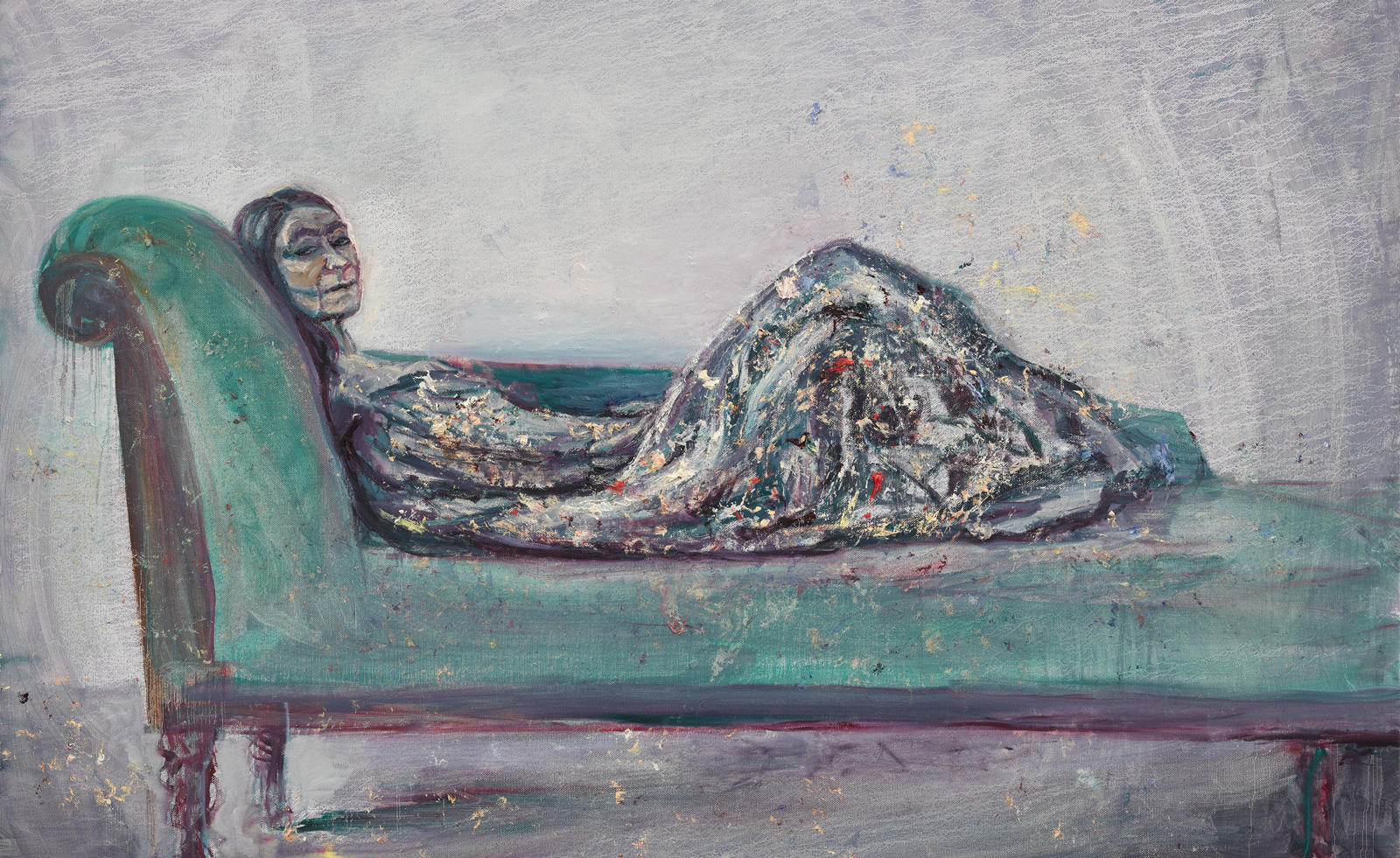 Celia Paul's colony of ghostly apparitions haunts Victoria Miro
Celia Paul's colony of ghostly apparitions haunts Victoria MiroEerie and elegiac new London exhibition ‘Celia Paul: Colony of Ghosts’ is on show at Victoria Miro until 17 April
By Hannah Hutchings-Georgiou
-
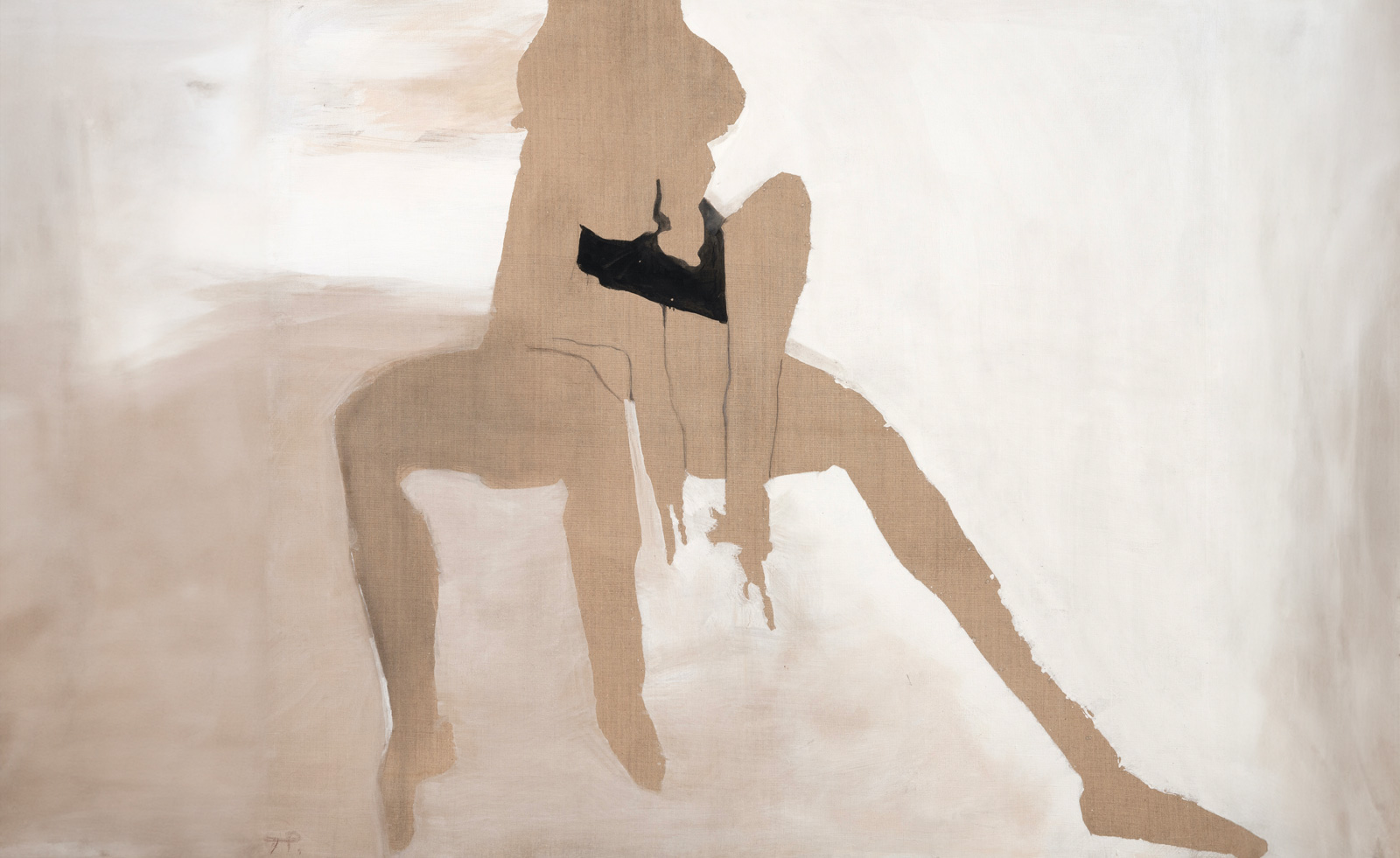 Teresa Pągowska's dreamy interpretations of the female form are in London for the first time
Teresa Pągowska's dreamy interpretations of the female form are in London for the first time‘Shadow Self’ in Thaddaeus Ropac’s 18th-century townhouse gallery in London, presents the first UK solo exhibition of Pągowska’s work
By Sofia Hallström